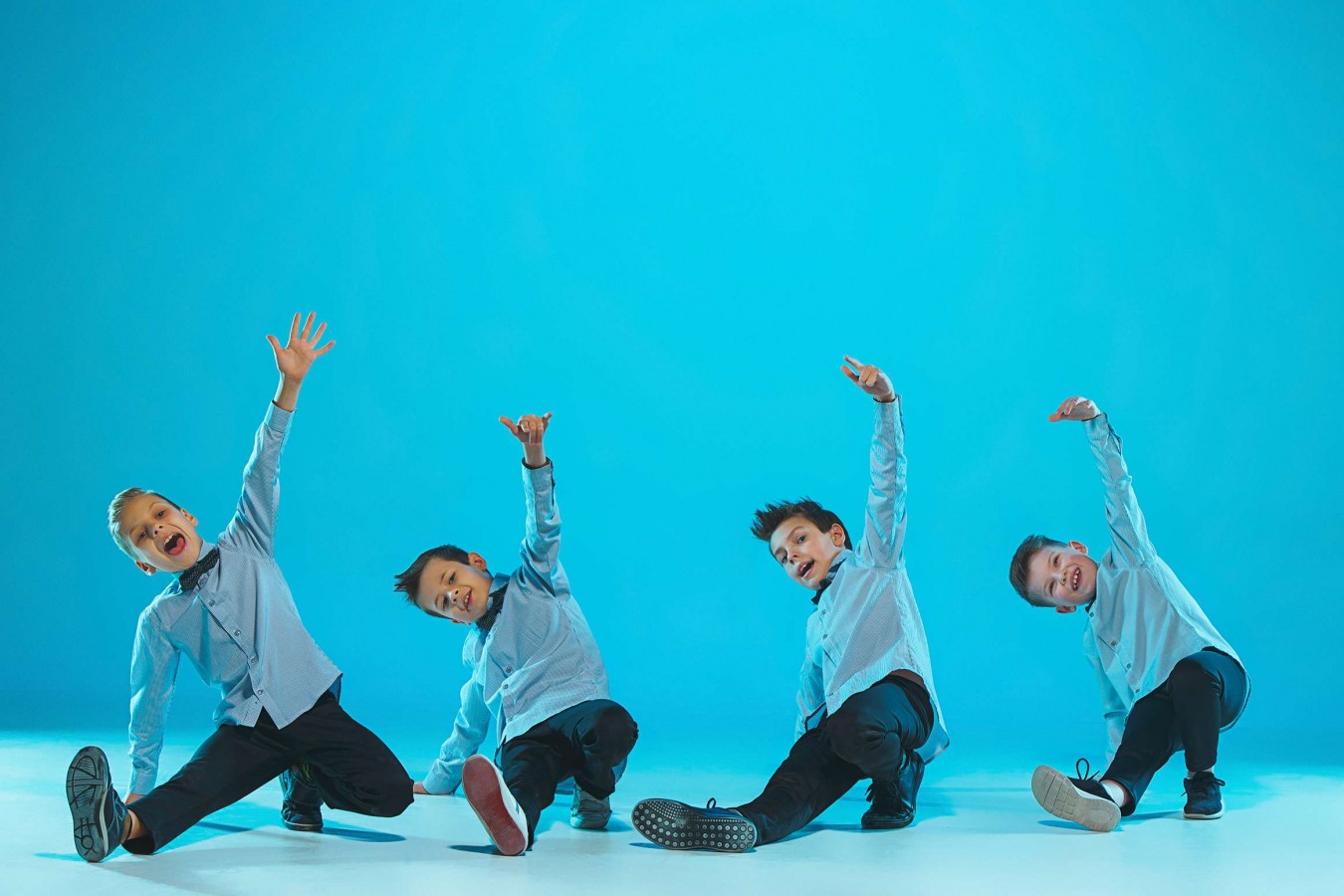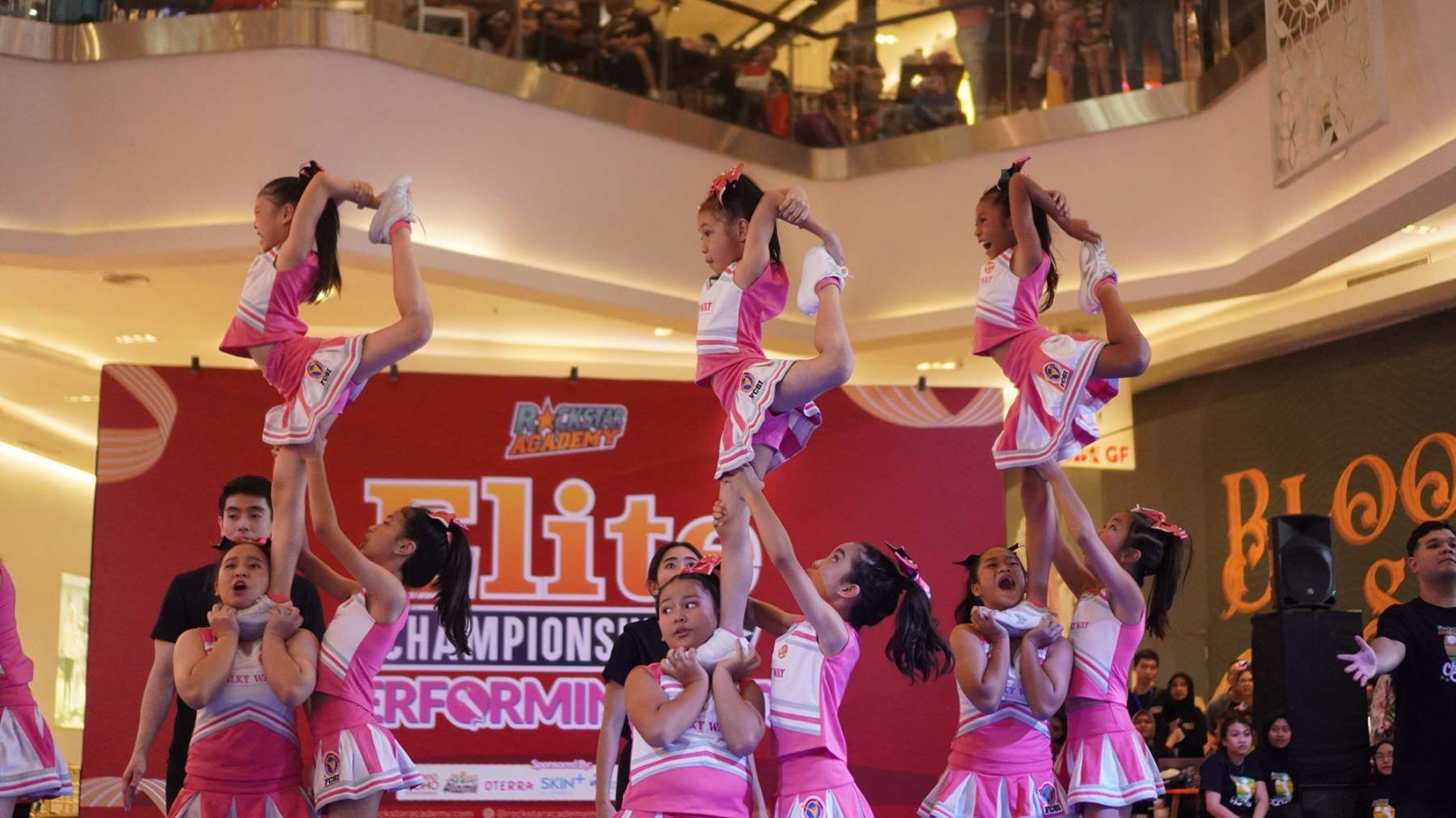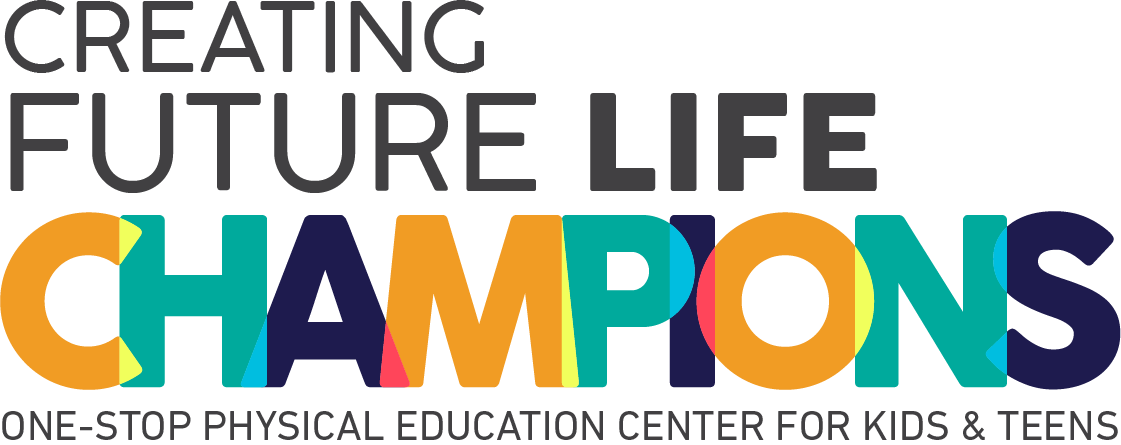10 Benefits of Dance for Kids and Teens

Dance is more than just a rhythmic movement, it is a fun activity that brings numerous benefits to kids and teens. Beyond the joy of movement, dance contributes significantly to physical, emotional, and cognitive development.
In this article, we will explore the ten key advantages of dance for youngsters, supported by scientific research and expert opinions.
10 Benefits of Dance for Kids and Teens
From physical health to emotional well-being and cognitive development, engaging in dance provides a holistic experience that contributes to a child's overall growth. Here are the 10 key advantages that dance brings to the lives of kids and teens:
1. Enhances Cardiovascular Well-being
In the world of aerobic exercise, dancing emerges as a formidable force in improving cardiovascular health. According to a 2016 study published in the American Journal of Preventive Medicine, individuals who participated in moderate-intensity dancing exhibited a remarkable 46 percent lower likelihood of developing heart disease or experiencing mortality from it over a decade of follow-up.
The study also underscores the potential contributions of the social element of dancing and the associated relaxation factor to its positive impact on cardiovascular well-being.
2. Increased Bone Strength and Lower Osteoporosis Risk
Dance serves as a weight-bearing exercise, recognized as the optimal regimen for enhancing bone density.
As outlined by the National Osteoporosis Foundation, engaging in weight-bearing activities like specific dance styles can contribute to the preservation of bone strength and the potential development of new bone mass. This acts as a deterrent to the onset and progression of osteoporosis.
It's worth noting that not all dance forms are high-impact, yet even low-impact dancing such as ballet class proves beneficial in sustaining muscle and bone mass.
3. Enhanced Muscle Tone and Strength
While our daily activities like walking or climbing stairs primarily involve linear movements, dance introduces lateral and rotational motions, ensuring your body experiences a dynamic range of exercises.
This not only enhances agility, coordination, and balance but also targets muscles that are often overlooked, such as the abdominal muscles. In essence, dance keeps your body engaged and active, promoting improved muscle tone and strength.
4. Encourages Flexibility
Apart from building strength, various dance forms involve stretching the body's limbs, leading to enhanced flexibility. This holds particularly true for ballet dancers, as ballet training incorporates extensive flexibility training.
Improved flexibility translates to enhanced mobility, making everyday activities more enjoyable, whether you're practicing yoga or reaching for items in the top cabinet of your kitchen.
5. Enhances Learning, Memory, and Overall Cognitive Function
A study discovered that dancing played a role in enhancing cognitive abilities, including visual recognition and decision-making, as well as influencing mood.
Additional research proposes that dance can foster the establishment of new connections among brain regions responsible for long-term memory and executive function. Furthermore, some medical professionals have gone so far as to recommend dance and dance-style workouts as a supportive measure for recovery following brain injuries.
6. Dance as a Weight-Loss Aid
Dancing serves as a dual-purpose exercise, encompassing both aerobic and anaerobic components, making it an effective calorie-burning activity. The jumping and twirling movements involved contribute to aerobic training, while maintaining positions like squatting and balance engages the anaerobic energy system.
In general, the tempo of the dance style influences the calorie and energy expenditure. The faster and more up-tempo the dance, the greater the calories burned.
According to Harvard Medical School, a 30-minute dance session can result in burning between 90 and 252 calories. This high-intensity calorie burn can be advantageous for those aiming to lose weight.
7. Improved Mood and Reduced Stress
In a 2015 study investigating the motivations behind people's choice to dance, "mood enhancement" emerged as the top-ranking factor. This may be attributed to dance's expressive nature, providing an avenue for individuals to escape or unwind in a manner typically considered unconventional in adulthood.
Research conducted in 2014 further indicates that dance has the capacity to stimulate the release of feel-good endorphins more effectively than other forms of exercise. Additionally, it reduces levels of the stress hormone cortisol, resulting in an overall positive and uplifting experience.
8. Elevates Self-Esteem
While utilizing a treadmill or elliptical can offer effective exercise, it often involves repetitive running or walking in place indefinitely.
Dance, on the other hand, not only provides a physical workout but also involves mastering a new skill. The benefits of dance for kids can be exceptionally rewarding and contribute to an improvement in confidence.
Studies suggest that engaging in any form of exercise has the potential to boost self-esteem. However, there's a unique aspect to mastering new choreography or successfully executing a new dance move that instills a sense of confidence.
9.Contributes to Mental Well-being
Studies in Frontiers in Psychology indicate that engaging in dance can play a role in reducing anxiety, boosting self-esteem, and enhancing overall psychological health. Moreover, specific dance forms have been employed as a therapeutic approach for addressing depression.
10. Facilitates Social Connection
Being socially connected is a vital aspect of both mental and physical well-being. Numerous studies emphasize the detrimental health effects associated with feelings of loneliness or social isolation.
Dancing is a form of sharing, and when you participate in a class with others, you share a common interest. It's not about competition, it's about enjoyment, and there's an incredible feeling that accompanies during the dances.
Enroll Your Kids Into Dance Academy Right Away!
From physical health and emotional well-being to cognitive development, the benefits of dance extend far beyond ‘fun activity’. This is why encouraging children to embrace dance not only nurtures their creativity but also provides them with valuable life skills that will stay with them into adulthood.
As parents, you can enrich your child's life with the myriad benefits of dance by enrolling them in the Rockstar Academy dance classes. Our academy is not just a place to learn dance, it's a vibrant community where children experience physical, emotional, and cognitive growth.
From improved coordination and flexibility to enhanced self-esteem and social skills, dance class at Rockstar Academy is a perfect journey for your children. Additionally, we also offer a Dance Recital that is a wonderful opportunity for children to experience a true sense of performing with their special choreography.
We understand the importance of ensuring your child's comfort and enthusiasm, which is why we offer a free trial for our dance classes. Let your child explore the joy of movement in a supportive environment. Contact us today to take the first step toward a healthier, happier, and more confident future for your little one!
FAQs
1. At what age can kids start dance classes?
Kids can start dance classes as early as 1 years old. However, the appropriate age may vary depending on the dance form and the child's readiness for structured activities.
2. What type of dance is best for beginners?
For beginners, styles like ballet, jazz, or hip-hop are often recommended. These styles provide a solid foundation in dance techniques and are accessible to kids and teens of various skill levels.
3. How often should kids practice dance?
Ideally, kids should practice dance 2-3 times per week for optimal benefits. However, the frequency can vary based on the child's interest, schedule, and the intensity of the dance form.



